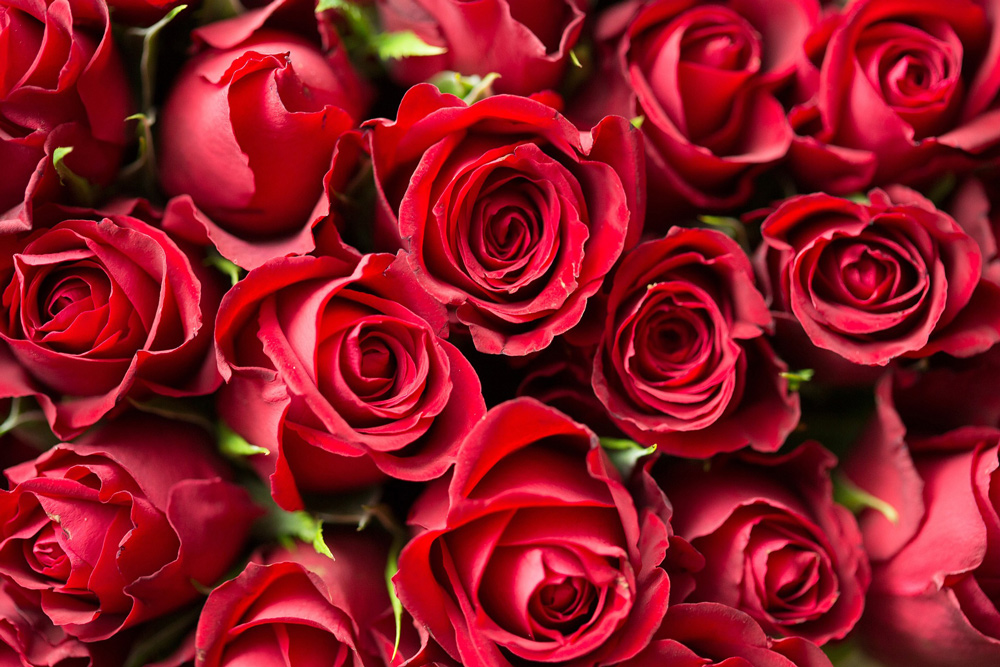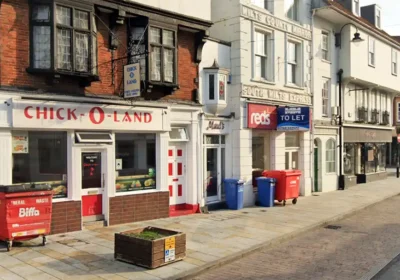Today, Valentine’s Day is all flowers, kisses and chocolate, but it wasn’t always like that. Most likely originating in ancient Rome, the 3rd century rituals surrounding the ‘Lupercalia’ celebrations were far from romantic.
Lupercalia was a festival that took place in the middle of February, marking the official start of spring time. It involved some brutal practices, as well as some matchmaking.
But who was Valentine? Popular belief suggests that Emperor Claudius II (also known as Claudius Gothica) banned marriage because he thought married men were bad soldiers – he was proclaimed Emperor by his troops after leading a number of military campaigns.
Valentine, a young priest, was outraged about this injustice and withstood Claudius by blessing marriages for lovers in secret. Valentine’s actions were soon discovered and Emperor Claudius sentenced him to death.
During his time in prison, he fell in love with the warden’s daughter. When Valentine was taken to be killed on 14th February, 270 AD, he sent the young lady a love letter, signed “from your Valentine”.
His martyrdom was honoured by the Catholic Church with the celebration of St Valentine’s Day, in an effort to expel the pagan ritual.
As the centuries went on, the holiday became more romantic. Chaucer and Shakespeare romanticised it in their work and it gained popularity throughout Europe and Britain. Notes on handmade paper cards became all the rage in the Middle Ages.
With the industrial revolution in the 19th century, mass produced cards became widely available. February has not been the same since.
Some interesting facts:
● France’s Duke of Orléans sent the first known Valentine’s card to his wife in 1415
● King Henry VII of England officially declared St Valentine’s Day a holiday in 1537
● In the late 1800s, Richard Cadbury introduced the first box of chocolates
● 64% of people who buy Valentine’s Day flowers are men
● Over 25 million cards are sent for Valentine’s Day each year
● Approximately 110 million roses (typically red) are sold and delivered in a three-day period around Valentine’s Day.
But why do we give flowers on Valentine’s Day? Sending flowers became a commonly used way for lovers and admirers to express secret messages.
Sharing their feelings openly would have been unacceptable in Victorian times. The meaning behind each flower, i.e. what they meant to say, was often pulled from various myths, fables or legends.
Giving flowers on Valentine’s Day is still a romantic gesture for couples all over the world. Flowers are a simple, yet thoughtful gift that symbolizes your love for another person.
Like every florist, our team at Milston Flower Barn is incredibly busy just before and on Valentine’s Day. Bouquet after bouquet leaves our premises to celebrate love.
However, with the seemingly endless choices available, it can be a bit overwhelming when February 14th comes around. From a single stem to an extravagant floral arrangement, there are plenty of styles, colours and designs to choose from.
Here are some tips from our experienced ‘Team Cupid’:
For many, red roses are the ‘go-to’ option on Valentine’s day. That doesn’t come as a surprise, as the beautiful rose was said to be the favourite flower of Venus, the Roman goddess of love.
However, with our British climate, long-stemmed roses are not grown in this country and are flown thousands of miles in refrigerated containers.
Most roses come from Kenya, where it is warm enough for them to grow naturally, or the Netherlands, where they are grown under artificial light.
According to the Guardian, “around eight million stems are imported… alone during February – about three times as many as any other month”, creating a massive carbon footprint.
However, there are more ethical and sustainable options to choose from. Renowned for their bulb heads and curving leaves, tulips are the most prevalent of all garden flowers, easily available from local British growers.
A bouquet of bright tulips is a great option for those wishing to give a gift that’s sustainable, but that still says, ‘I love you’.
Other beautiful varieties grown locally are hellebores, narcissi, hyacinths, snowdrops and cyclamen. While snowdrops symbolise purity and renewal, cyclamen are known as the plant of lasting feelings and sincere affection – a perfect combination for Valentine’s Day.
Another great alternative to roses are dried flowers. At this time of the year some beauties like hydrangeas, strawflowers and nigella are readily available. Totally sustainable and utterly en vogue.
Happy Valentine’s Day from Milston Flower Barn.
www.milstonflowerbarn.co.uk









Leave a Reply